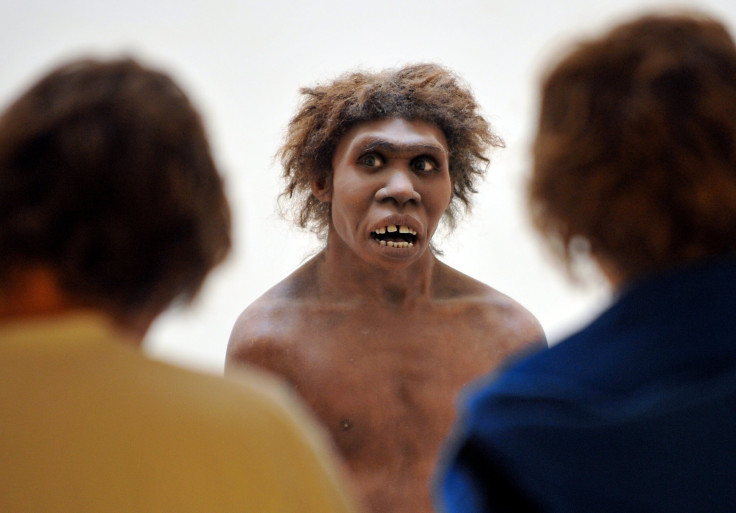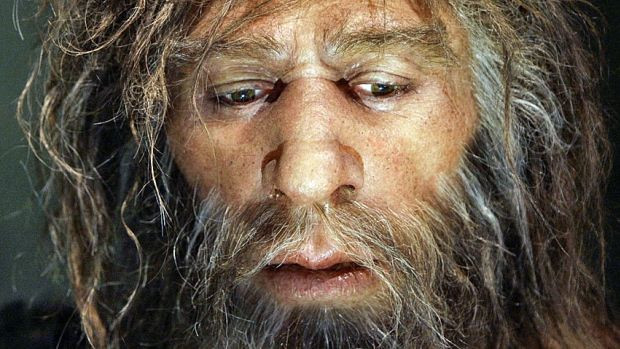Listen To The High-Pitched Grunt Neanderthals Probably Made

Video recordings didn’t exist in the age of the Neanderthals, but their fossils can give experts an idea of what they looked like and how they lived. That includes reconstructing their voices, which can be a little hilarious.
Neanderthals were not the ancestors of modern humans, as some people believe; they were actually evolutionary cousins of ours. Although being related to us means their anatomy had a human-like look to it, there were differences in places like their skull shapes that would have made it difficult for them to blend in today — large heads and faces, pronounced noses and brow ridges and flat foreheads, to name a few.
Those differences do more than just affect physical appearance. How their features played together would have influenced things like the sound of their voices.
In that field, one of the biggest differences is in the throat. Patsy Rodenburg, a voice coach and theater director, explained to the BBC that Neanderthals had “very squat” throats, as compared to those of modern humans, so they would have made higher-pitched vocalizations.
Their big nasal cavities carved out in their large heads would have created a more nasal sound, and their deep chests would have been able to produce powerful sounds. Rodenburg says their settings would be “loud, very loud or very, very loud.”
Although the reconstruction of their voices might make Neanderthals sound less than attractive, the Homo sapiens who lived alongside them thousands of years ago must have found something appealing about them. Research has shown that Neanderthals and modern humans had sex a lot in those days, interbreeding enough that people today still contain Neanderthal genes in their DNA. One example is a gene that creates a protein in our saliva that helps prevent pathogens from getting into our bodies and thus protects against disease.
There are conflicting estimates of when the Neanderthals died out for good, but the latest time period that has been suggested is about 37,000 years ago.

© Copyright IBTimes 2025. All rights reserved.




















